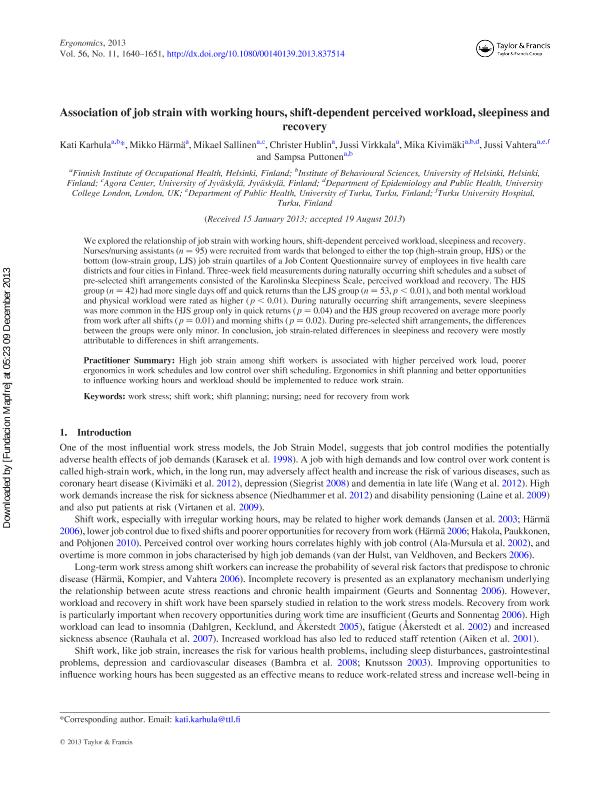Association of job strain with working hours, shift-dependent perceived workload, sleepiness and recovery

Contenido multimedia no disponible por derechos de autor o por acceso restringido. Contacte con la institución para más información.

